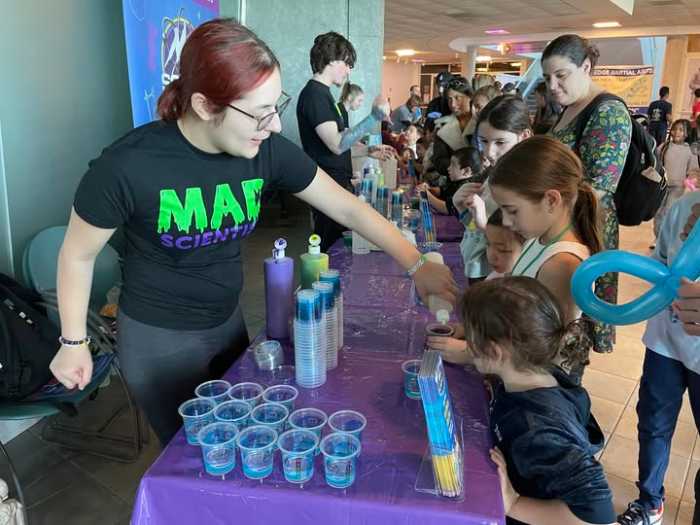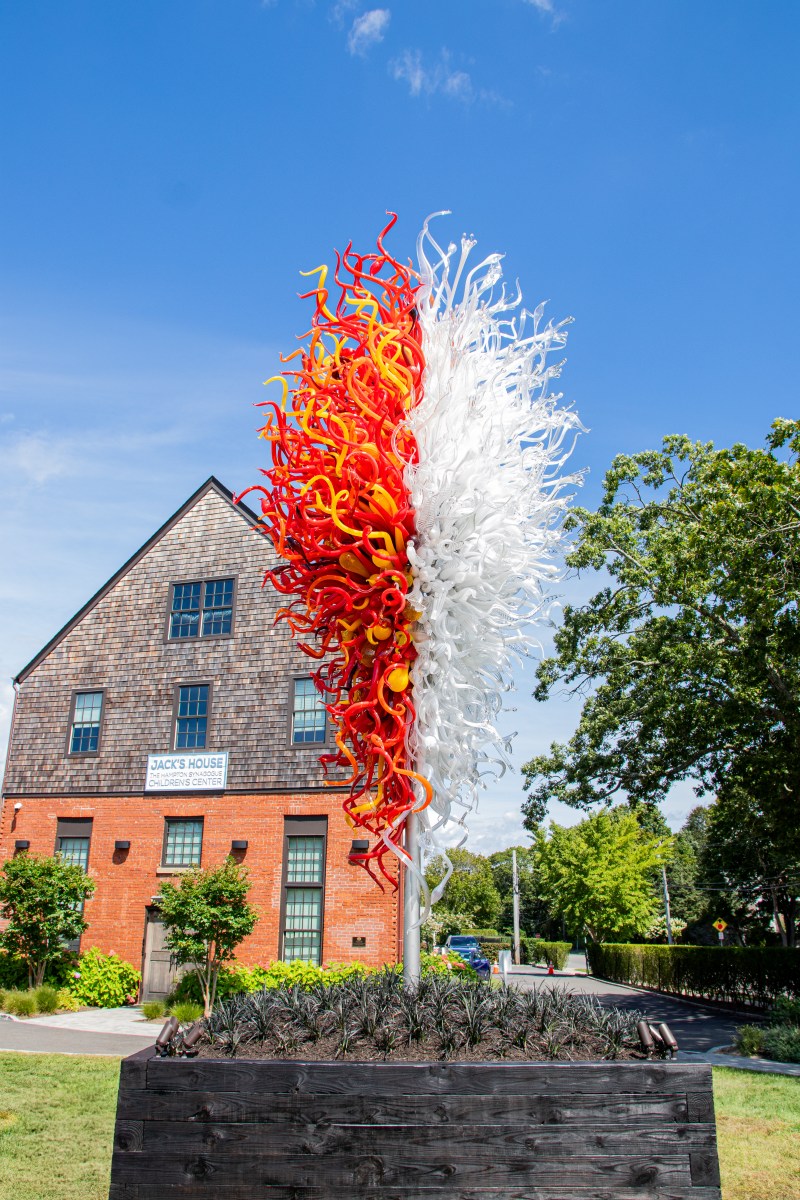Water Authority To Receive $14 Million From State To Address Contaminants
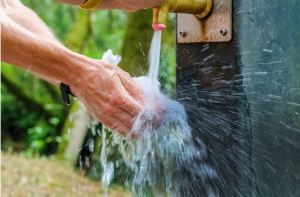
New York State Governor Andrew Cuomo recently announced that the state’s Environmental Facilities Corporation would dole out $120 million in grants aimed at helping Long Island water districts combat emerging contaminants like 1,4-dioxane, perfluorooctanoic acid (PFOA) and perfluorooctanesulfonic acid (PFOS). Hicksville is slated to receive $14 million in aid from the State of New York for 1,4-dioxane treatment. It’s unfortunately not enough. There is a gap in funding that is upwards of $58 million that needs to be rectified according to the Hicksville Water District.
New state standards regulating 1,4-dioxane and other emerging compounds will cost the district more than $72 million in capital improvements to construct the required treatment facilities at the district’s 10 impacted wells. Furthermore, the district’s budget is expected to increase by at least $4.7 million, or approximately 40 percent, due to the capital and increased maintenance and operation costs associated with the new treatment technology. The district has determined through its research that these measures will cause residents to see a more than 50 percent increase in the tax rate and a nearly 70 percent increase in water rates.
The district is soliciting the support of its residents to help send a message about the significant level of funding needed to treat for emerging contaminants. To ensure community influencers have accurate information about the cost of treating for emerging contaminants and the financial burden it will ultimately place on residents, the district posted a letter on its websites for residents to sign digitally. This initiative will send copies of each signed letter to the area’s regulators showing the Hicksville community’s unity on this ever-important issue.
“Residents have been consistently expressing their concerns over the sharp increases in water rates and water tax rates being considered to pay for treating emerging contaminants,” William Schuckmann, chairman of the Hicksville Water District, said. “This letter is our attempt to help unify their message and get the point across that it is unfair for our community to solely pick up the tab to fix a problem none of us created.”
The state grants are intended to help fund the district’s construction of Advanced Oxidation Process (AOP) filtration systems in each well where the level of 1,4-dioxane detected exceeds 1.0 part per billion (ppb), a maximum contaminant level approved by the New York State Department of Health last summer.
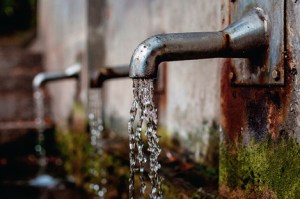
The district itself is taking steps to offset the costs associated with new treatment methods. It is taking those responsible for polluting its water source with 1,4-dioxane to court. However, any financial compensation accrued through litigation will take years and will likely not be enough to cover the expense of correcting the damage caused by the defendants. Additionally, the district is calling for the state to consider a reallocation of an environmental bond that could be used to support treatment costs throughout Long Island. The district does not support a drastic increase in Nassau County taxes.
“Hicksville residents are not the ones responsible for polluting our precious water source with 1,4-dioxane, and they shouldn’t be the ones paying for the entire clean up,” Hicksville Water District Commissioner Nicholas Brigandi said. “The effort we are coordinating purposely requires less than five minutes from each resident. A quick read of the letter and a signature if you agree with our position will go a long way in helping to provide results.”
According to the Environmental Protection Agency (EPA), 1,4-dioxane is a synthetic chemical produced as a by-product in paint strippers and antifreeze, among other products, and found in many household cleaning and beauty products. The EPA calls 1,4-dioxane a “likely” carcinogen. No federal regulations on 1,4-dioxane levels are currently in place, but the EPA health advisory for the chemical is 0.35 ppb. Cuomo signed legislation banning the sale of cleaning products containing 1,4-dioxane in the state on Dec. 9.
Arjun Venkatesan, a research scientist for the New York State Center for Clean Water Technology and a professor in Stony Brook University’s Department of Civil Engineering, specializes in treating emerging contaminants in drinking water supplies. Venkatesan said the AOP doesn’t work with PFOA and PFOS due to the toughness of the compounds, but the pair of contaminants can be treated by more accessible measures.
“The good thing is the granular-activated carbon filters that are currently in place, and even the Brita filters, are capable of removing these compounds from water,” Venkatesan said. “The carbon filtration system does a pretty good job of removing PFOS and PFOA, but there are several questions associated with it. [PFOS and PFOA] are actually a group of chemicals, there are more than a thousand formulations, including some several unknown species that we cannot even detect now. So we don’t know if the filtration works great for all these compounds.”
Venkatesan mentioned filtering these contaminants out of a water supply is a time-consuming process, and also cautioned residents in affected areas against acting rashly.
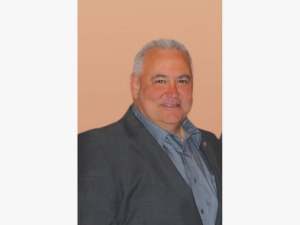
Karl M. Schweitzer, secretary of the Hicksville Water District, admits the task ahead is herculean in scope and won’t come cheap.
“We are not going to sugarcoat it, the financial commitment needed to treat at the required levels is significant and will lead to sizable increases in customers’ water bills unless additional avenues of monetary assistance are established,” “While the State of New York has been more generous than ever with regards to funding water infrastructure projects, our elected officials must take a real close look at the impacts here in our community and see if the overall pot of money can be made a little bit bigger to help us and our surrounding water districts.”
—Additional reporting by Christopher Birsner, Frank Rizzo, Caroline Ryan and Marco Schaden
Visit www.hicksvillewater.com or add the district on Facebook at facebook.com/HicksvilleWaterDistrict for more information on the Hicksville Water District.
















